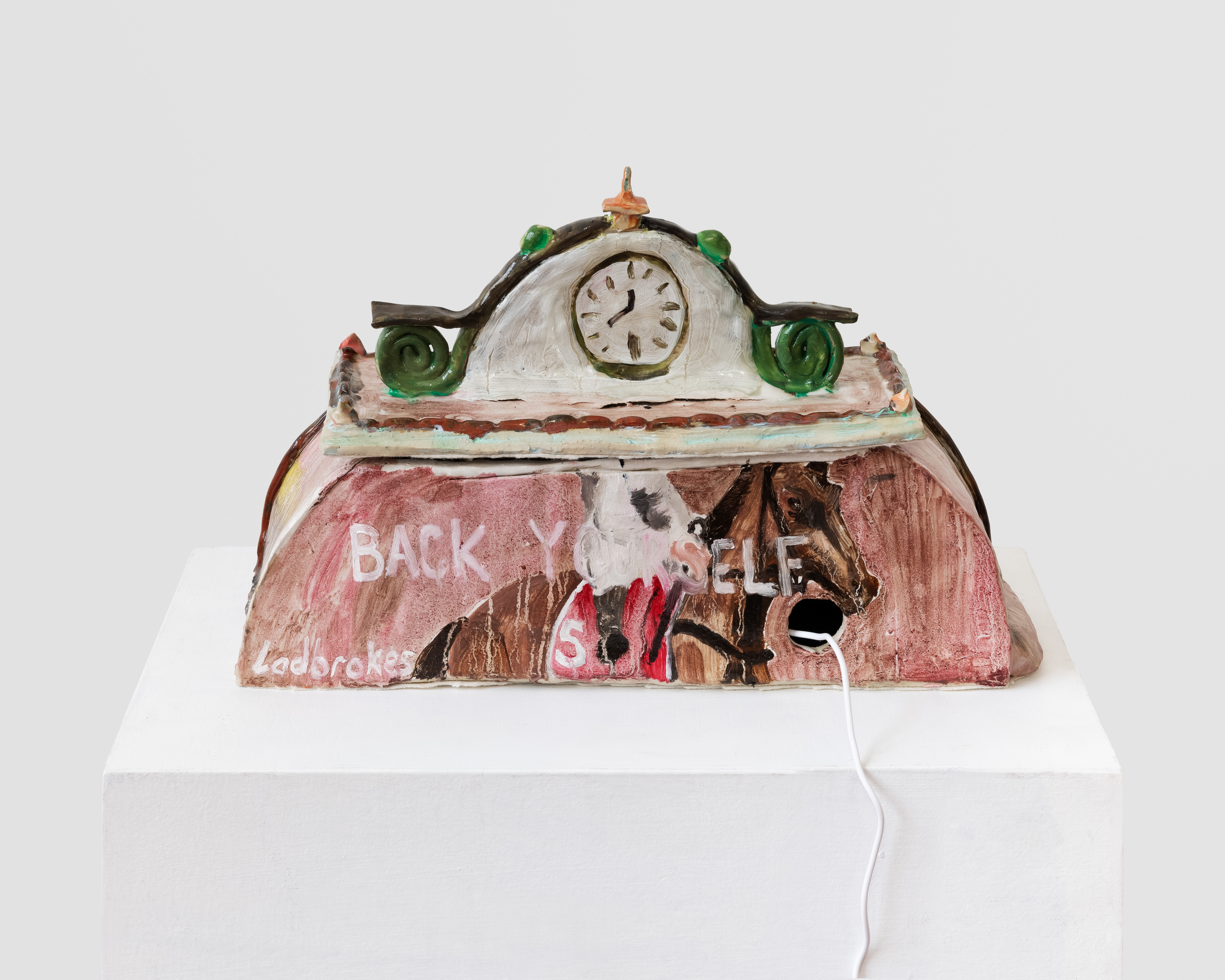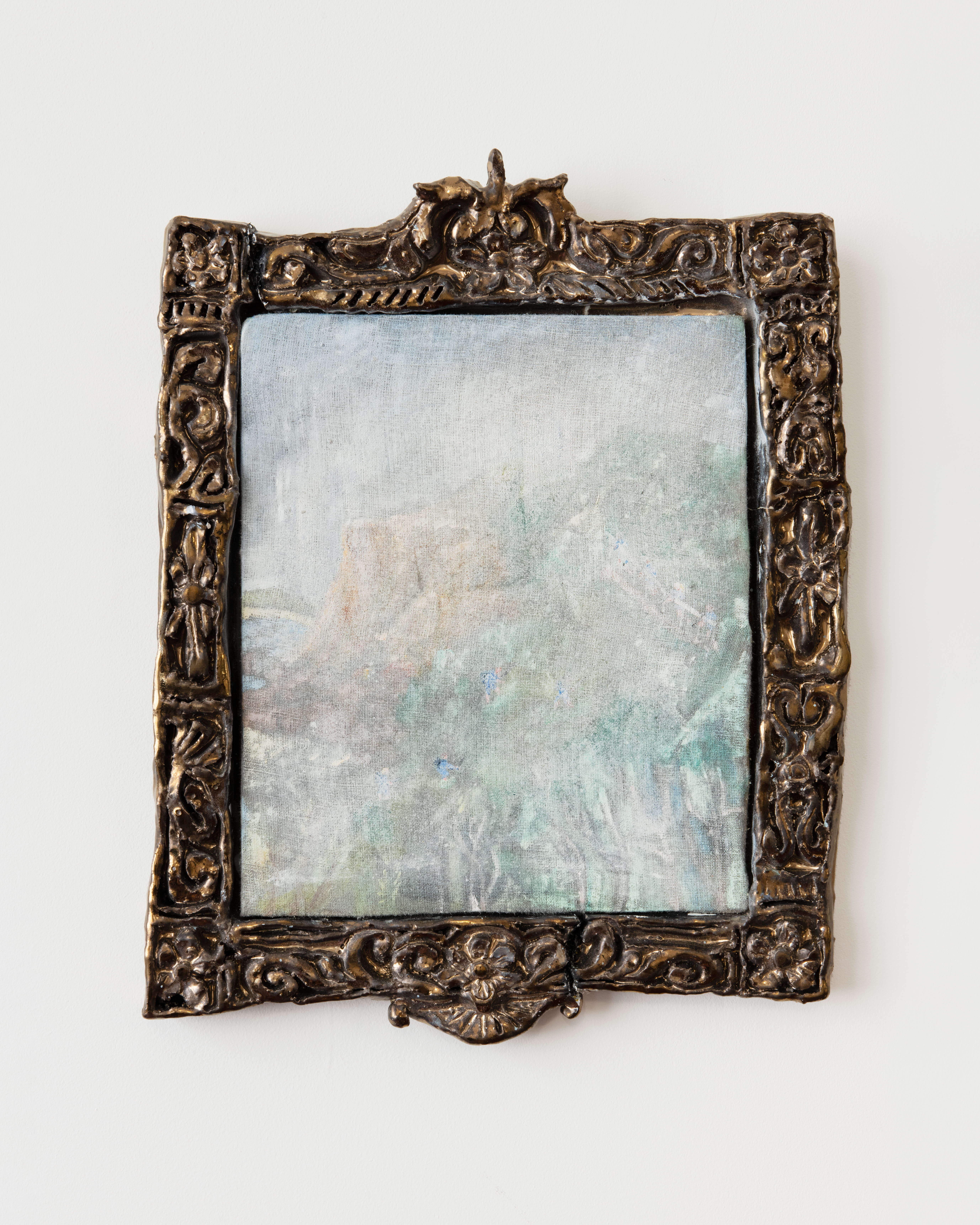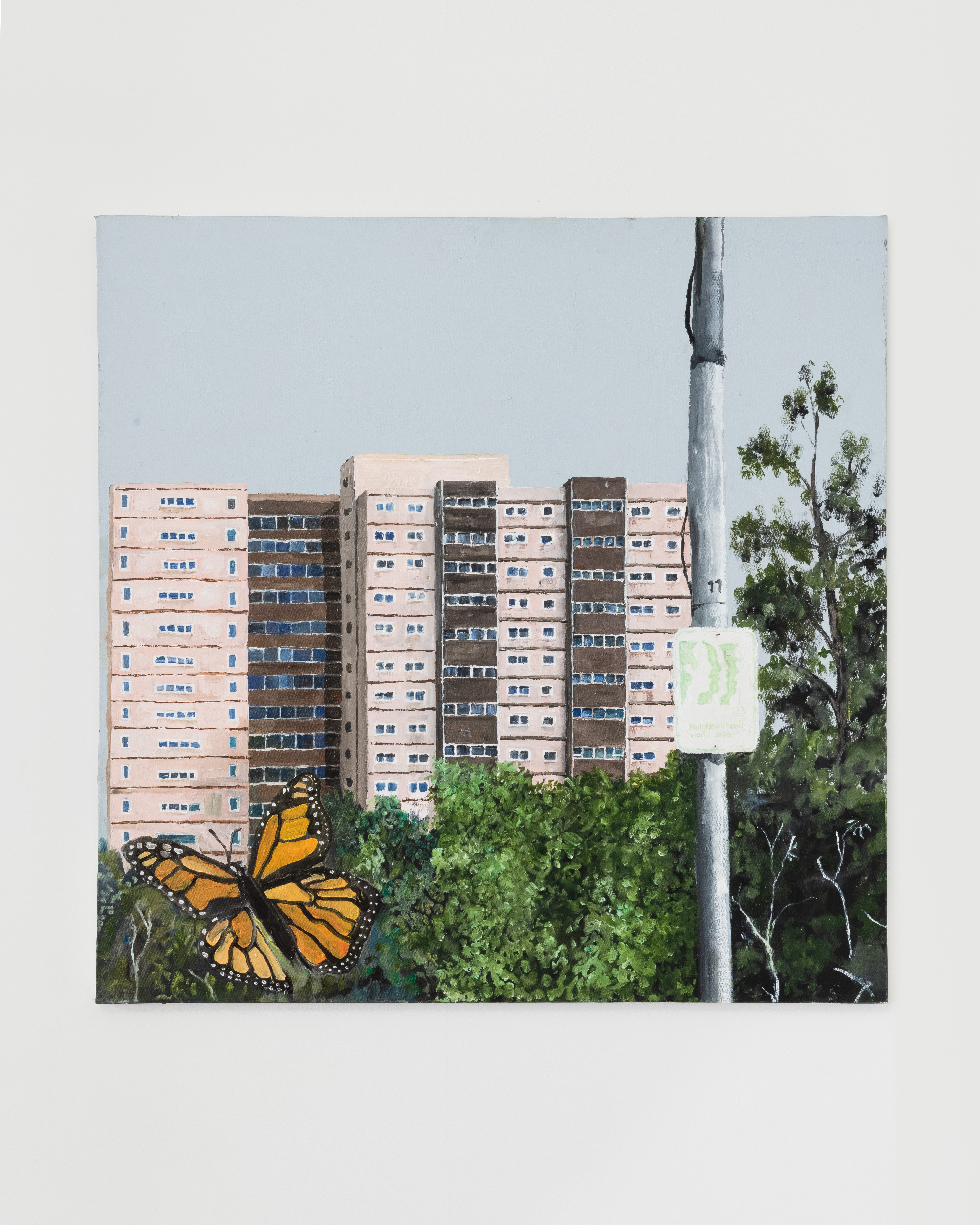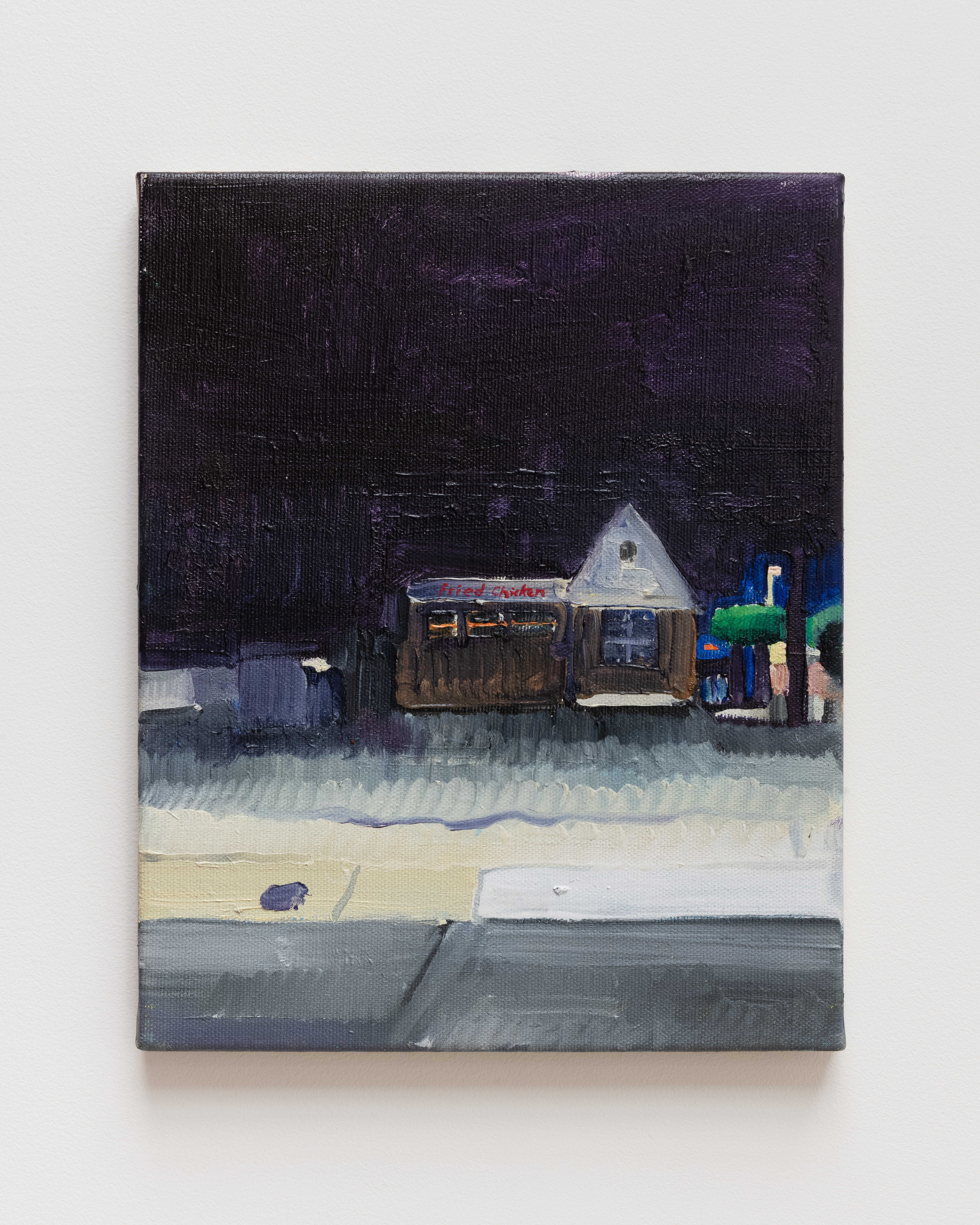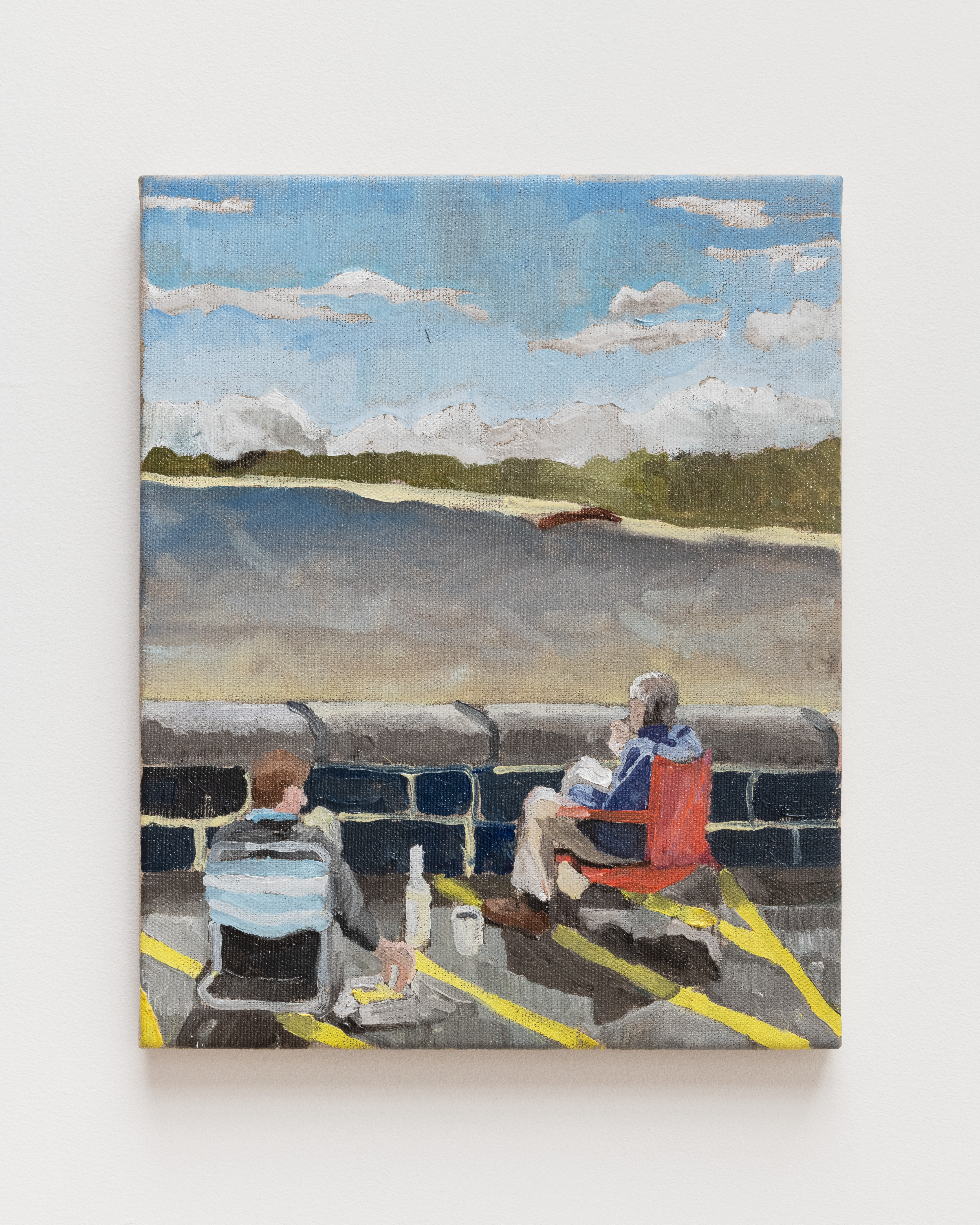Who Knows Where the Time Goes
Missing Persons, December 2022
The only thing that is different from one time to another is what is seen and what is seen depends upon how everybody is doing everything.
Gertrude Stein ~ Composition as Explanation, 1925.
Time wraps around itself, creating and defining an endless collection of moments passed. These moments passed define the landscapes, ideas, systems that we build upon. History lingers, bricks laid upon bricks. Past and future embedded into every moment, this moment. Each component of this body of work is an exploration of universal moments in time, and the layered legacy of time passed.
Ceramics are inextricably loaded with history, to build ceramics in contemporary times is to engage with an ancient practice. Where European societies once made opulent, ornate clocks, we now make cheap, plastic, mass produced, digital clocks. Both largely obsolete, both emblematic of different timesbut both created to organise, process, and witness the ceaseless march of time. A way to record and catalogue the passing of moments, as well as anticipate and influence future moments. By contrasting styles of clocks and mediums in an anti-traditional way I intend to reflect on the interactions between uncomfortable European histories, early 90s and 2000s consumerism and the role of legacy and nostalgia in the present day. What has changed, but more importantly, what has not? Each clock is decorated with the advertising that crowds our daily visual experience. Synthesizing Gertrude Stein’s contention that what is seen depends upon how everybody is doing everything - billboards have become landmarks for our era, representations of our culture, literal ‘signs of the times’.
A single moment in time has seemingly infinite complexity and variety depending on where it is experienced. Painting is a way of extending a moment, holding, and investigating it. I consider all the paintings shown here as simultaneous, depicting one single moment, differing only by geography and perspective. “This makes the thing we are looking at very different and this makes what those who describe it make of it, it makes a composition, it confuses, it shows, it is, it looks, it likes it as it is, and this makes what is seen as it is seen”.
The three ceramic framed works depict memories. At first a nod to the absurd gold frames found in European museum collections, which express the majesty of painting so vehemently they almost become propagandistic. Museum frames burst with ornate detail, floral patterns, craftsmanship, but they are merely frames... By focusing attention on the hand-built frames, I intend to reposition the work not as the painting but the frame. In a way, our memories provide frames through which we perceive the world, moments passed become our ‘frames of reference’. But memories are imprecise, often clouded by time and distance, facts blur. We ornament the facts and memories become stories, which are as hand-built as the frames shown here. The three paintings here depict washed out memories from my own childhood which framed my understanding of this country and its history.
Sometime in your life you will have occasion to say, ‘what is this thing called time’? You go to work by the clock, you get your martini in the afternoon by the clock, your coffee by the clock, you have to get on a plane at a certain time and arrive a certain… and it goes on and on and on. Time is a dictator, as we know it. Where does it go? What does it do? Most of all, is it alive? Is it a thing that we cannot touch and is it alive? And then one day you look in the mirror, you are old, and you say ‘where did the time go?’… We’ll leave you with that one.
Nina Simone ~ Who
Knows Where the Time Goes, Live at Philharmonic Hall, 1970.








